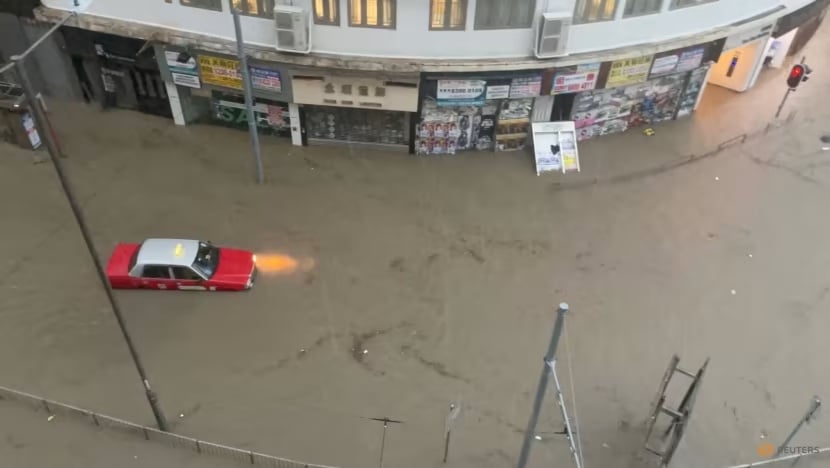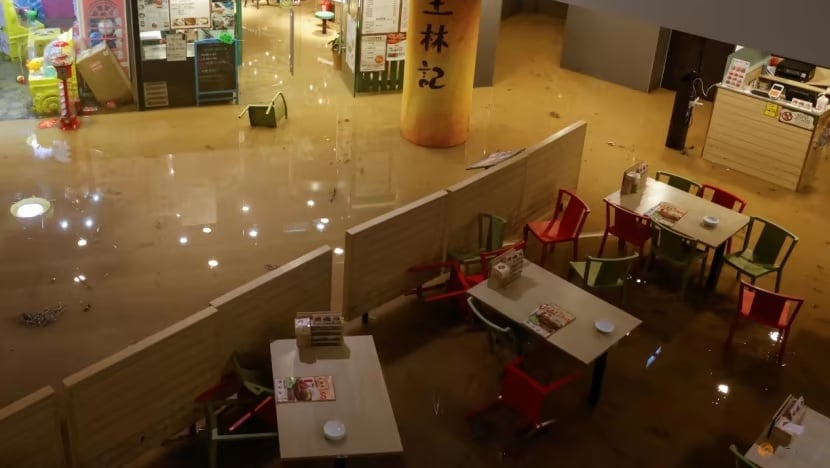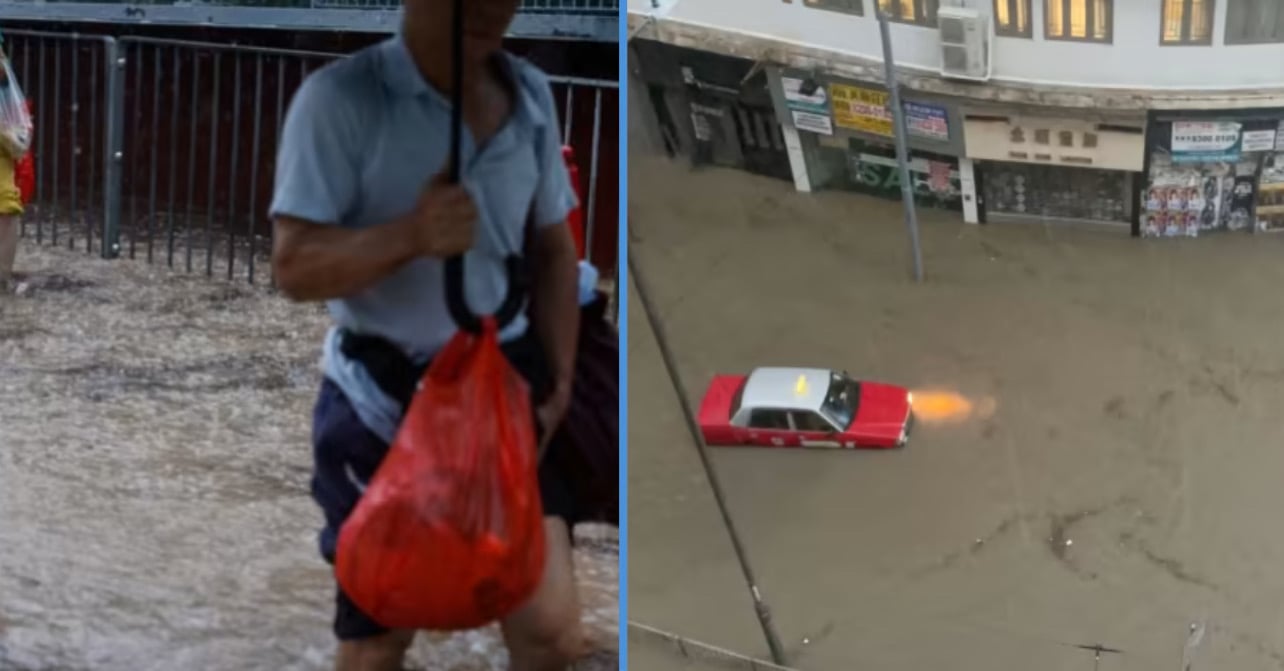Singapore’s weather the past week has been less than ideal. Yet, we’re not the ones having it the worst—Hong Kong is.
This week, Hong Kong experienced the heaviest rainfall it has ever seen in 140 years. Faced with storms and knee-deep waters, the city shut down as if COVID-19 had returned.
Hong Kong Records Heaviest Rainfall in 140 Years
On Friday (8 September), Hong Kong was hit with the heaviest rainfall it had seen in 140 years—158.1mm of precipitation was recorded at the Hong Kong Observatory headquarters between 11 pm on Thursday and midnight on Friday.
For reference, the highest 60-minute rainfall ever recorded in Singapore was 147mm in 1995.
Calm the kiasu Singaporean in you; it’s excellent that Singapore isn’t taking this win. Imagine how disruptive the floods would be.
More than 200mm of rain was recorded on Hong Kong’s main island, the Kowloon district and the northeastern part of Hong Kong’s New Territories on Thursday night.
As a result, Hong Kong has seen flash floods and landslides nationwide, with more than 130 people hospitalised as a result.
We’re not kidding when we say the flash floods were everywhere. The city streets, shopping malls, subway stations, tunnels—you name it, it’s flooded.



Even the carparks are flooded to the point you can barely see the cars.

Looks like a scene straight out of a movie.
The cross-harbour tunnel connecting Hong Kong Island to Kowloon was also flooded. Passenger and cargo clearance operations at two border points between the city and Shenzhen came to a standstill thanks to the floods.
Macau ferry operators also suspended multiple sailings—I guess that’s one way to keep gamblers in the region for a couple extra hours.
Of the three levels of rainstorm warnings in Hong Kong (amber, red, then black, by order of increasing severity), the rainfall this time was so high that the city’s weather bureau issued the highest “black” rainstorm warning.
This is also the longest the “black” rainstorm warning has been in force in Hong Kong’s history.
Perfect weather to take a nap in, but perhaps not the best weather to go gai gai in Mongkok lah.
Schools Closed, Work Stopped, Metro Line Shut Down
Thanks to the floods across the city, the whole city “shut down”, much like the COVID-19 times.
Schools were closed. Workers were instructed to stay home (hopefully without having to WFH). One subway line was shut down.
Residents found themselves wading through waist-deep waters, and car owners found themselves driving through flooded roads.
To top it all off, the stock exchange didn’t even open for morning trade.
What can we say except, when it rains, it pours lah.
At least most Hong Kong citizens got a free pass to stay at home and zuo bo.
Heavy Rainfall Brought About by Typhoon Haikui
So, why did such heavy rainfall hit Hong Kong?
The answer: Typhoon Haikui, which made landfall in the Chinese province of Fujian on Thursday (7 September).
As the typhoon weakened and moved towards Hong Kong, it brought with it the heavy rainfall that has now catapulted Hong Kong back into a COVID-19-esque shutdown.
That’s not all. Last week, Hong Kong was also hit by the Super Typhoon Saola.
The super typhoon left Hong Kong and the Chinese province of Guangdong in a frenzy—nearly 800,000 people were evacuated last Friday (1 September) to avoid the super typhoon.
Hong Kong was not the only city affected by the torrential rains. The Chinese city of Shenzhen, situated in Guangdong province, felt the full brunt of it as well.
Shenzhen recorded its highest rainfall in more than 70 years—465.5mm of rain over a 12-hour period.
Like Hong Kong, Shenzhen came to a standstill due to the heavy rainfall; schools were closed, subway stations were shut down, and workers were instructed to stay home.
We also saw nearly 100 people stranded at the Shenzhen subway station due to the floods, and schools in ten different districts in Guangzhou shut down for the day.
Macam Free MC lor.
Heavy rain is expected to continue for three more days in the wider Guangdong province and the neighbouring Guangxi region.



